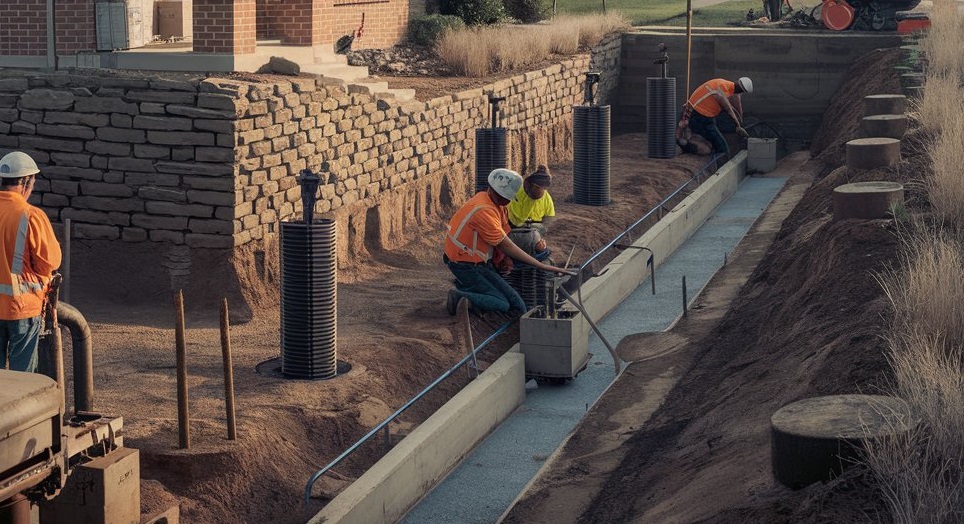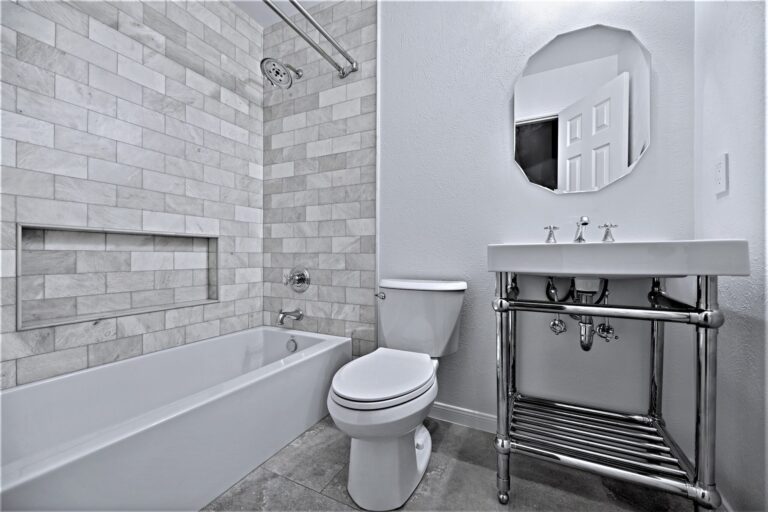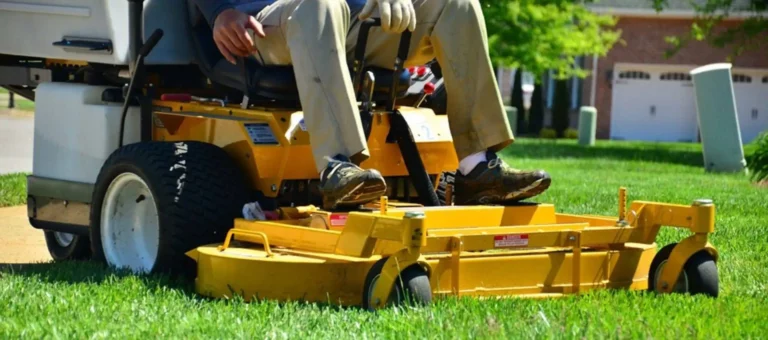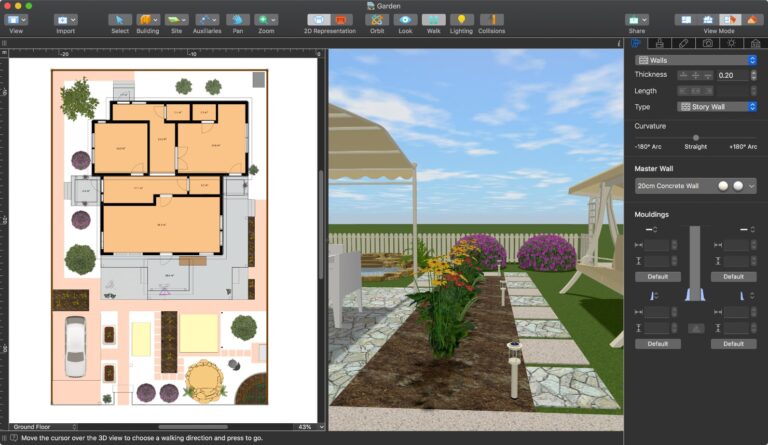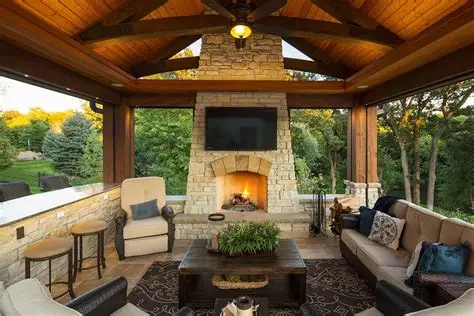Arlington Foundation Repair
When your property in Arlington shows signs of foundation distress, identifying and addressing the issue swiftly is crucial. This guide dives deep into the causes, modern repair solutions, real product examples, benefits, use cases, and how to select and acquire the right foundation repair system in Arlington, Texas.
Understanding the Need for Foundation Repair in Arlington
Foundation problems can stem from many sources: shifting soils, water infiltration, inadequate drainage, or poor initial construction. In Arlington, with its varying clay soils and seasonal moisture fluctuations, foundations are particularly vulnerable. Left unaddressed, cracks, settlement, and structural damage can escalate drastically, resulting in major repairs or even condemning a structure.
Repairing your foundation early is more cost-effective than dealing with full structural failure. A proper foundation repair restores integrity, halts further deterioration, and preserves property value.
Key Modern Solutions for Foundation Repair
There is no one-size-fits-all solution for foundation repair, but the most effective modern techniques include:
-
Push pier systems (end-bearing piers) that drive steel piers to load-bearing strata.
-
Helical piles / helical piers that screw into soil until sufficient torque or depth is achieved
-
Crack injection systems (polyurethane or epoxy) for sealing wall cracks
-
Underpinning systems that reinforce and stabilize existing footings
-
Wall anchors / tie-back systems to stabilize bowed or leaning foundation walls.
These methods are often employed in combination depending on the soil conditions, foundation type, depth to load-bearing strata, and severity of damage.
Real-World Product Examples & Their Applications
Below are several commercial products used in foundation repair (or supporting components) that illustrate how foundation repair is accomplished using modern materials.
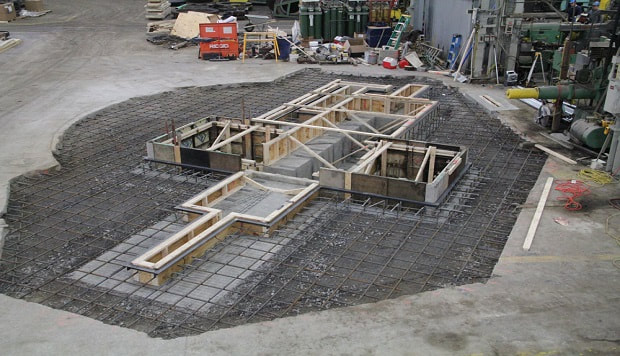
Machine Foundations
-
RadonSeal Concrete Foundation Crack DIY Repair Kit
This kit is designed to repair wall and slab cracks using low-viscosity epoxy or polyurethane injection. Users drill ports along the crack, inject the resin, which fills the crack from front to back, and then seal surface ports. It’s ideal for non-structural cracks, basement leaks, or crawl space voids. The process is relatively simple and cost-effective for minor repair jobs. -
DIY Drill Foundation Crack Repair Kit
Another crack injection kit using polyurethane foam. This product is targeted for cracks between specific widths (e.g., 1/16″ to 1/2″). It’s ideal for homeowners or small contractors to seal leaks caused by hydrostatic pressure or ground moisture. -
Liquid Rubber Basement and Foundation Repair Sealant
A flexible elastomeric coating that forms a waterproof barrier over concrete surfaces. It is not a piercing solution, but it is useful to seal slabs, walls, and surfaces to prevent moisture intrusion that often exacerbates foundation issues. -
uPlug Concrete Foundation Crack Repair Kit
This kit is optimized for leaking basement wall joints, seam cracks, or wet floor-to-wall joints. Users inject foam under pressure to seal leaks; suitable for horizontal and vertical cracks. -
Foundation Repair Secrets: Learn How to Protect Yourself and Save Thousands (Book)
A guidebook rather than a hardware product. Useful for homeowners or contractors wanting a deeper theoretical and practical foundation repair knowledge base before selecting solutions or approaching contractors.
These products illustrate how foundation repair deals with the symptoms (cracks, leaks) rather than the root structural stabilization. For true structural fixes (piers, underpinning, helical systems), heavy-duty equipment and engineered systems are required beyond DIY kits.
Benefits of Using Modern Foundation Repair Technologies
Using advanced foundation repair technologies offers multiple advantages:
-
Longevity and durability: Engineered steel piers or helical systems, when installed correctly, can last decades with proper corrosion protection.
-
Minimal disturbance: Many modern systems require small access points rather than full excavation, reducing landscaping damage, disruption to occupants, and cost.
-
Precision and adjustability: Some systems allow controlled lift after installation, enabling structural re-leveling of floors or walls.
-
Water control: Combined with waterproof sealants or coatings, these systems prevent water infiltration, mold, and moisture-related deterioration.
-
Value preservation: A solid, stabilized foundation protects resale value and structural safety of the home.
Common Use Cases and Problem-Solving Scenarios
Here are typical scenarios where foundation repair is essential:
-
Cracked walls and leaking basements
In homes where walls show stair-step cracks or horizontal cracks, injection kits (like the examples above) or internal wall anchors may stop leaks. However, if the foundation is still actively settling, injection alone is insufficient and needs structural support from piers or underpinning. -
Uneven floors, sagging interior surfaces
Homeowners often notice sloping floors, doors not closing properly, or separation at baseboards. Such symptoms typically indicate active settlement. Push pier systems or helical piles anchored to competent strata can lift and stabilize the foundation. -
Bowed or bulging foundation walls
This occurs from lateral soil pressure, moisture, or improper drainage. Wall anchors or carbon fiber reinforcement may stabilize, but often must be combined with foundation underpinning or pier systems to carry vertical loads. -
New construction in poor-soil zones
For new buildings in Arlington areas with expansive clay or unstable soils, installing helical pile foundations or deep pier systems at the outset can prevent future settlement and costly repairs. -
Retaining walls and adjacent structures
When foundation issues affect other structural elements (e.g., a basement retaining wall leaning inward), tie-back anchors or external braces may be used in tandem with underpinning to restore stability.
Choosing the Right Foundation Repair Solution in Arlington
When considering foundation repair services or products in Arlington, follow these steps:
-
Soil & Geotechnical Survey
A soil test or geotechnical report helps identify the load-bearing strata and soil type (clay, silt, rock). This defines how deep and what kind of piercing system is necessary. -
Structural inspection & crack mapping
Document all cracks, measure them over time (with crack gauges), and note areas of moisture infiltration or slope. -
Consult engineered solutions
Trusted foundation repair contractors in Arlington use licensed structural engineers to design the solution (e.g., pier layout, bracket design, torque values). -
Evaluate contractor proposals
Compare not just price but warranty, method (push piers, helical, underpinning), site disturbance, and guarantees (e.g., lifetime corrosion protection). A good contractor should offer a written plan and warranty. -
Select products or systems.
For small leaks or cosmetics, injection kits or coatings help. But for structural instability, insist on pier systems or underpinning rather than superficial fixes.
How and Where to Buy Foundation Repair Products & Services
For structural solutions, most buyers will work via local foundation repair contractors in Arlington who supply and install piers, underpinning, and wall anchors. However, for DIY injectable products or coatings, you can purchase online or through specialized distributors. Below is a suggested purchasing path:
-
For injection/repair kits (RadonSeal, uPlug, Liquid Rubber), visit trusted online retailers or manufacturer websites.
-
Verify shipping to Texas and applicable codes (some kits may require professional installation).
-
For structural pier systems, request detailed proposals from local contractors like “Arlington Foundation Repair Co.” or “Fort Worth Foundation Repair Specialists.”
-
Ask your contractor whether they supply pleated products or outsource them.
-
Use affiliate-style or trackable links where permissible (e.g., if you have an affiliate account with a supplier).
-
Ensure all purchases include warranties, corrosion protection (e.g., galvanization or epoxy coating), and proper material specs.
Summary & Next Steps
Arlington foundation repair demands a considered approach: diagnose the underlying soil/foundation interaction, choose the right structural system, and supplement with injection or waterproof coatings as needed. While DIY kits help with cosmetic or leakage issues, serious foundation instability requires engineered piering or underpinning methods. Always work with licensed engineers and reputable contractors.
Frequently Asked Questions (FAQ)
Q1: How do I know if my foundation issue is cosmetic or structural?
If cracks are static (not widening), primarily hairline, and no uneven floors or moisture issues exist, it could be cosmetic. But if cracks grow, floors slope, or doors/windows jam, it likely indicates structural movement needing piers or underpinning.
Q2: Can a DIY injection kit permanently fix my foundation cracks?
No. Injection kits seal leaks and prevent moisture intrusion, but they do not stop settlement or restore structural stability. They should be used only when the foundation is already stabilized or for minor leaks in otherwise sound foundations.
Q3: What kind of warranty should a foundation repair contractor provide?
A reputable contractor should offer a long-term or lifetime warranty covering structural repairs, corrosion protection of piers, and guarantee that the foundation will remain stable. Always get warranty terms in writing and check references.

